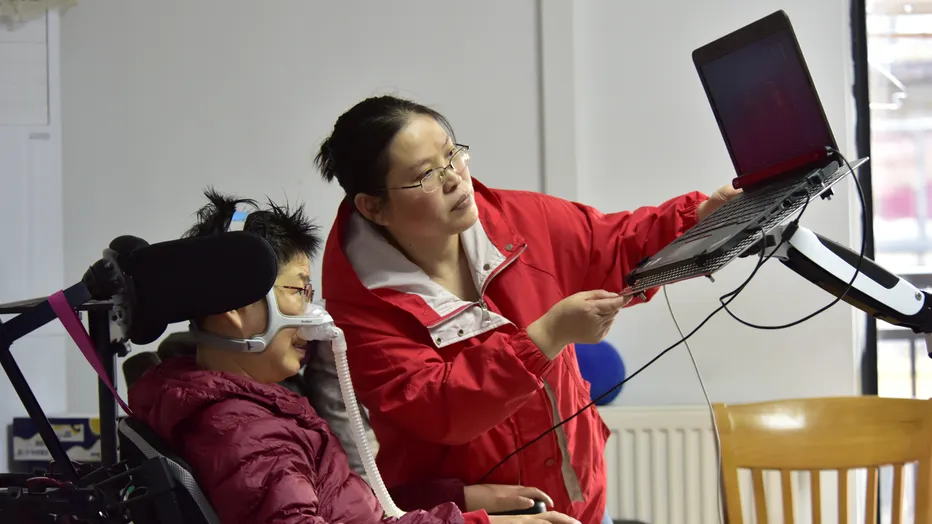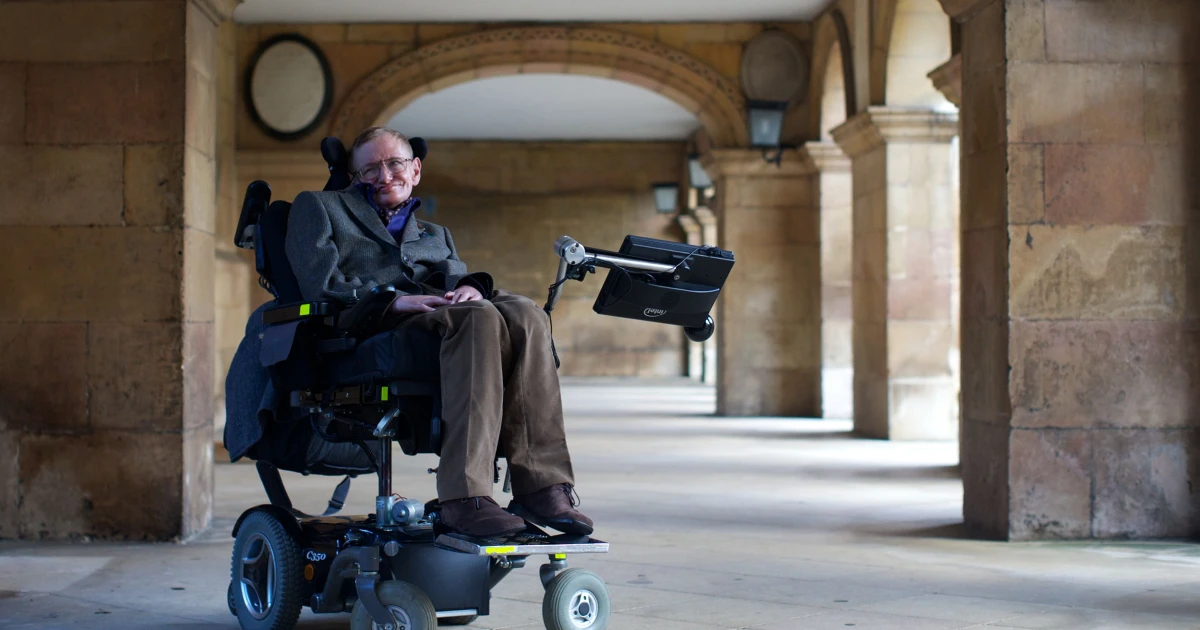The Devastating Disease of ALS: What You Need to Know
ALS, also known as Amyotrophic Lateral Sclerosis, is a complex disease that affects nerve cells responsible for controlling voluntary muscles in the spinal cord and brain. This illness gradually weakens these muscles, leading to difficulties in movement and communication. Understanding ALS is crucial, so let’s delve into its details.
What is ALS?
According to Johns Hopkins Medicine, ALS stands for Amyotrophic Lateral Sclerosis. It’s a condition characterized by the progressive degeneration of nerve cells in the brain and spinal cord, particularly those controlling muscle activity. This disease is also referred to as Lou Gehrig’s disease, named after a famous American baseball player who battled ALS in the 1930s.
Causes of ALS:
The exact cause of ALS is not fully understood, as experts acknowledge the complexity of the interactions between genetics and environmental factors. While most cases seem to be sporadic, around 10% of individuals with ALS have a family history of the disease, as reported by Mayo Clinic.
Risk Factors:
Certain risk factors are associated with ALS, including age and gender. The disease is most common between the ages of 60 and 80. Men tend to develop ALS slightly earlier than women, though the gender-based difference diminishes after the age of 70. Other environmental factors like smoking, exposure to toxins, and military service might also contribute to increased risk, although the exact connections are still being explored.
Symptoms of ALS:
ALS usually starts with muscle weakness in one part of the body, which gradually progresses over days or weeks. Eventually, weakness may spread to other parts of the body. Early symptoms might include difficulty speaking or swallowing. As the disease advances, other symptoms become more pronounced:
- Muscle cramps and twitches, especially in hands and feet.
- Loss of motor control in hands and arms.
- Difficulty using hands and legs.
- Stumbling or tripping.
- Dropping items.
- Persistent fatigue.
- Uncontrolled bouts of laughing or crying.
- Breathing and swallowing difficulties.

Can ALS Be Cured?
As per the websites of Cleveland Clinic and Johns Hopkins Medicine, there is no cure for ALS.
Is There a Treatment for ALS?
According to Cleveland Clinic’s website, treatments can help slow the progression of ALS and may include:
- Medication
- Physical therapy
- Nutritional counseling
- Speech therapy
- Assistive devices such as wheelchairs and electric beds
- Some individuals with ALS opt for “voice banking” or recording someone’s voice to be used with a speech synthesizer. This enables communication using the synthesized voice.
Mayo Clinic’s website mentions that there have been three medications approved for ALS treatment:
- Riluzole
- Edaravone
- Sodium phenylbutyrate-taurursodiol (also known as Ravicti)
It’s important to note that these treatments cannot reverse the damage caused by ALS.
Can ALS Be Prevented?
According to Cleveland Clinic’s website, there is no proven method for preventing ALS.
What Is the Prognosis for ALS Patients?

People with ALS, as per Cleveland Clinic, usually survive for about three to five years after diagnosis, but some individuals may live for 10 years or more. The progression of symptoms varies among individuals.
Notable Figures Affected by ALS Apart from Lou Gehrig and Brian Randell, other well-known individuals have been affected by or succumbed to this disease.
Renowned physicist Stephen Hawking, who lived with ALS for over 50 years before passing away in 2018, is one such figure. Also, Pete Frates and Pat Quinn, both of whom established the Ice Bucket Challenge, gained significant attention on social media. Frates passed away in 2019, and Quinn in 2020.
What Was the Ice Bucket Challenge?
As mentioned earlier, the Ice Bucket Challenge was co-founded by Pat Quinn and Pete Frates. According to Associated Press, Quinn had seen the Ice Bucket Challenge on social media in 2014 after watching a video of professional golfer Chris Kennedy. In the video, Kennedy poured a bucket of ice water over his head to raise awareness for ALS, encouraging others to do the same or make a donation. Quinn and Frates worked with their supporters to make the challenge go viral. In 2019, the challenge had raised nearly $220 million worldwide, with the ALS Association alone receiving $115 million.
In advanced stages, some individuals with ALS might experience a form of cognitive impairment called frontotemporal dementia.
Conclusion:
Understanding ALS is essential for those affected and their loved ones. This devastating disease highlights the intricate relationship between genetics and environmental factors. While the exact cause remains uncertain, ongoing research and awareness efforts strive to unravel the mysteries surrounding ALS and pave the way for better treatments and eventual cures.




